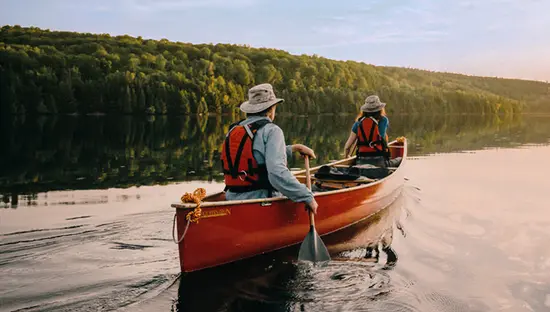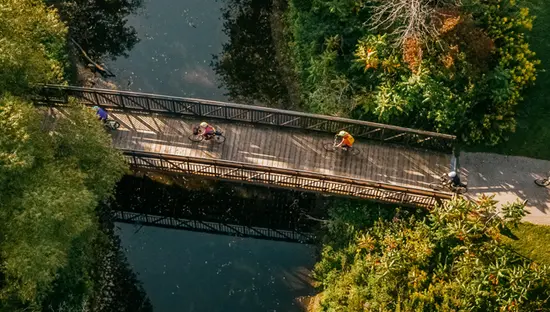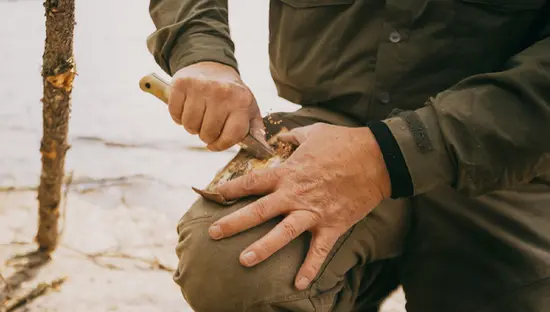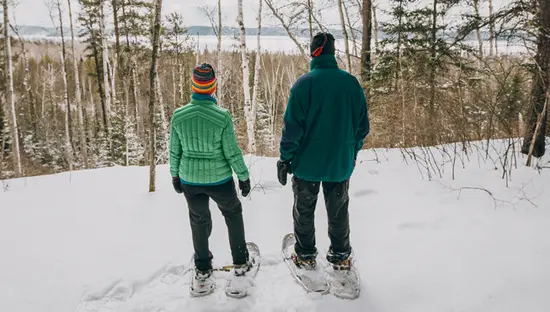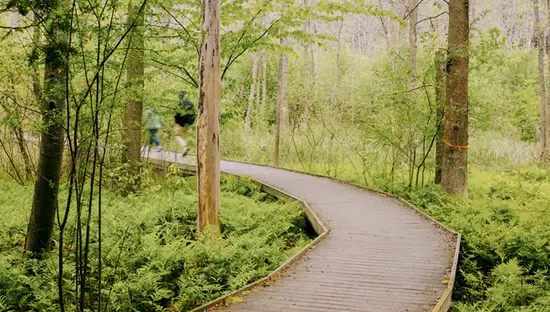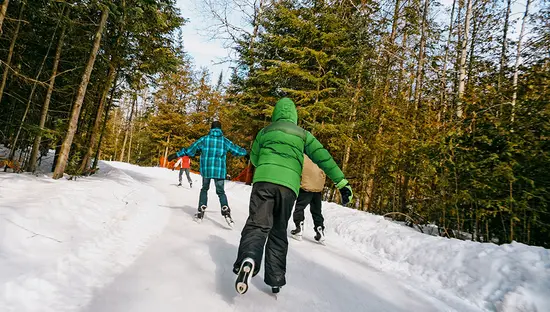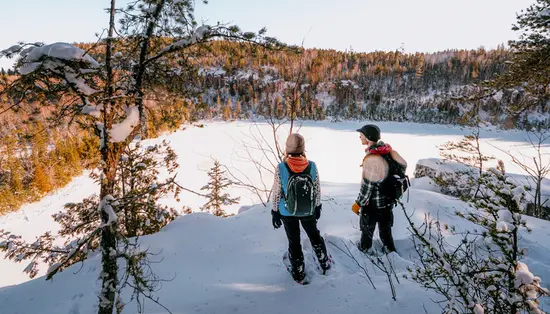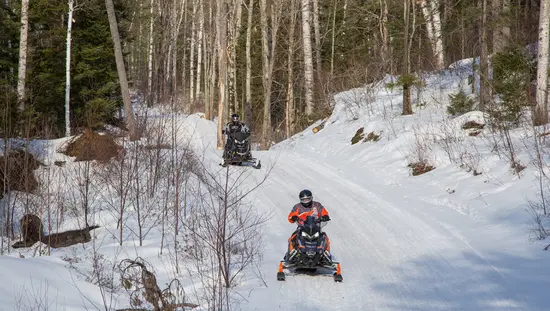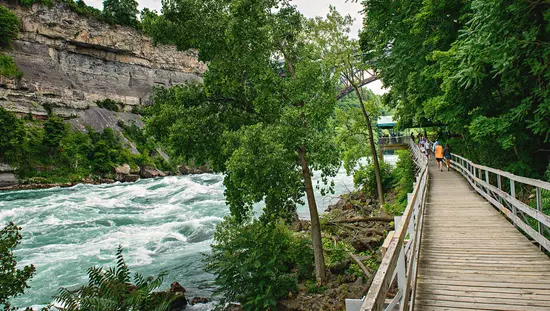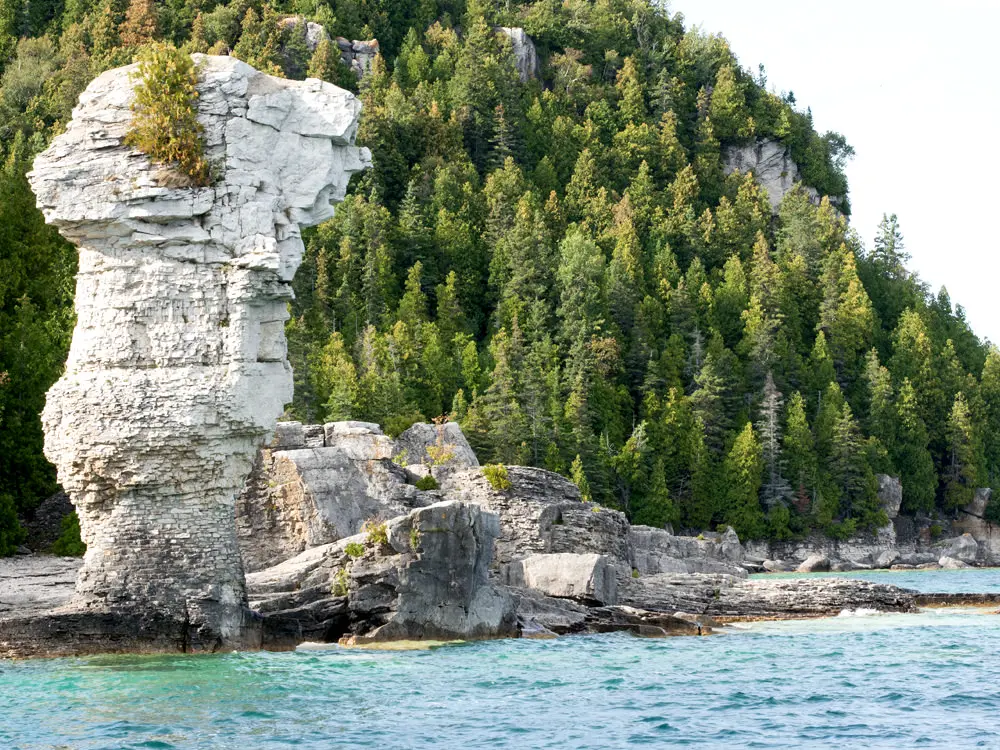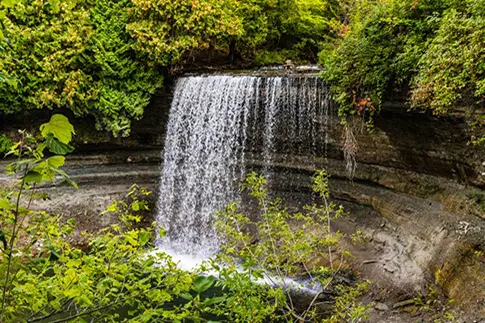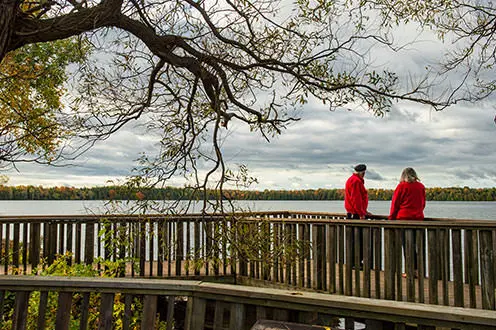Outdoor and recreation
Ontario is home to over half a million freshwater lakes and rivers and thousands of kilometres of coastline. So it’s fitting that the name Ontario is derived from the Indigenous word for “Shimmering Waters”.
The incredible natural beauty is matched only by the myriad of ways to experience it, from canoeing, hiking and cycling to motorcycling or playing a round of golf.
Get outdoors in Ontario, where a trail, road or route is always waiting for you to explore.
Get started
A quick guide to outdoor and recreation in Ontario
Prepare for seasonal weather
Ontario’s landscapes and climate change dramatically throughout the year with the shifting seasons. Check weather conditions before you set out on your outdoor adventure so you can prepare accordingly.
Guided outings for beginners
New to Ontario’s outdoors? Let a local guide show you how it’s done. From Ontario Parks’ learn to camp or fish programs to fully outfitted and guided tour companies, you’re in good hands when it comes to your introduction to outdoor adventure.
Wheelchair friendly trails
Find some of the best trails that are accessible by wheelchair and plan your visit with maps and driving directions.
Ontario golf courses
Over 800 golf courses spanning the diverse regions across the province means you’ll never run out of new tracks to challenge. Plan your next Ontario golf getaway.
Articles and itineraries
Get ideas and inspiration for your next trip.
Attractions
Discover top attractions, hidden gems and unforgettable experiences.
Pagination
Know before you go
Book in advance
Book ahead as many attractions, parks and experiences require reservations.
Travel tips and trip ideas
From suggested itineraries to health and safety and getting around in Ontario, here’s all the information you need to plan your next trip.
Share your travel plans
It’s always a good idea to leave your travel itinerary with someone at home, especially if you’re heading out on an extended backcountry adventure or outdoor road trip.
Last updated: October 3, 2025



